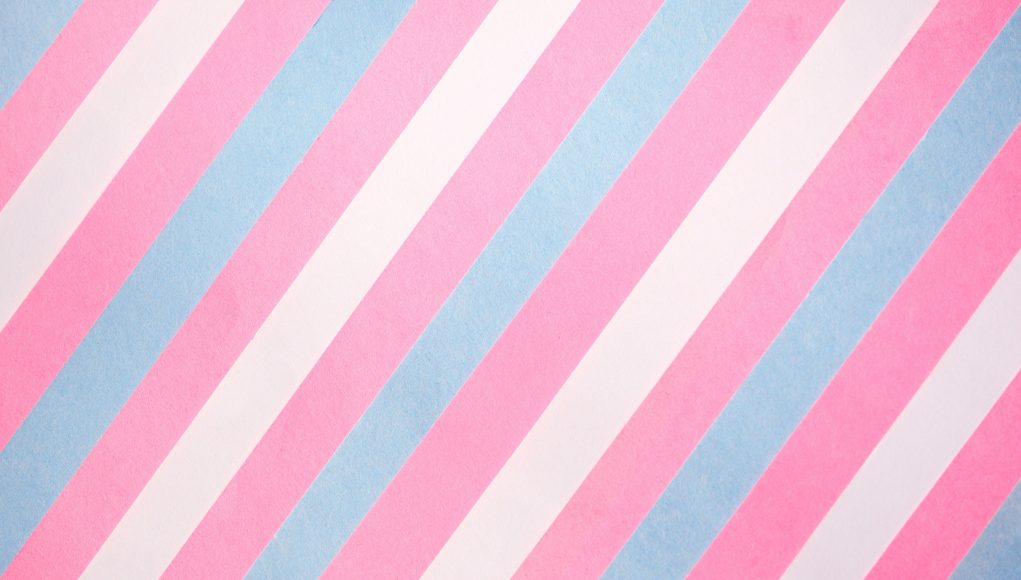Shrink wrap has risen to prominence as a crucial component in the modern packaging sector, celebrated for its unmatched flexibility, affordability, and growing environmental friendliness. This premium packaging solution not only makes products instantly identifiable but also ensures they stay in perfect condition. Its waterproof, durable, and tamper-proof features are widely acclaimed. The ability to effortlessly print essential details directly onto shrink wrap boosts its practicality, earning it favour among manufacturers across diverse sectors. The lightweight aspect of shrink wrap brings considerable reductions in storage and transportation costs, alongside a decrease in carbon emissions, augmenting its attractiveness.
The Growing Appeal of Shrink Wrap in Packaging
Shrink wrap’s popularity is on an upward trajectory, driven by its numerous advantages over alternative packaging methods. The food industry, in particular, stands to benefit from shrink wrap’s capacity to minimise spoilage by shielding products from oxygen, thereby extending shelf life and reducing waste. Its light weight contributes to lower transportation costs and, by extension, a smaller environmental impact. Moreover, the transparency of shrink wrap enhances product visibility, boosting consumer appeal.
Beyond its immediate benefits, shrink wrap plays a crucial role in addressing broader environmental concerns. By prolonging product usability, it contributes to a reduction in food waste and decreases the frequency of restocking, leading to lower energy consumption and fewer resource expenditures over time.
Navigating Shrink Wrap’s Environmental Impact
The conversation around shrink wrap’s environmental impact is complex. Historically, the recyclability of plastic shrink wrap has been limited, particularly when used in food packaging or to contain hazardous materials. Challenges also arise when shrink wrap is bonded to non-plastic elements, complicating recycling efforts. However, advancements in material science have led to the development of compostable shrink wrap options, mitigating the adverse effects associated with disposal and aligning with global sustainability goals.
Embracing Greener Shrink Wrap Solutions
The shift towards sustainable shrink wrap alternatives is not merely an environmental imperative but a strategic business move. Consumers increasingly favour products with minimal ecological footprints, prompting companies to adopt greener packaging solutions as a means of enhancing brand identity and demonstrating corporate social responsibility. Modern shrink wraps, made from polyolefin polymers or plant-based materials like sugarcane and corn starch, represent a leap forward in environmental stewardship. These innovations not only reduce the reliance on traditional plastic but also offer recyclable and ethically sourced alternatives without compromising on performance.
The Future of Shrink Wrap: Automation and Tax Implications
The integration of automated shrink wrap machinery marks a significant advancement in packaging efficiency. Capable of producing up to 100 packs per minute, these systems minimise labour costs and enhance energy efficiency, underscoring the economic and environmental benefits of shrink wrap.
The introduction of the UK Plastic Packaging Tax in April 2022 represents a pivotal moment for the industry, incentivising the adoption of sustainable packaging materials. Although the tax may initially lead to higher costs for greener shrink wrap films due to increased demand, it ultimately serves as a catalyst for innovation and sustainability in packaging.
Shrink wrap stands at the forefront of packaging solutions, balancing functionality with environmental responsibility. As the industry continues to evolve in response to ecological concerns and regulatory pressures, shrink wrap’s adaptability and sustainability credentials ensure its enduring relevance and appeal.
















